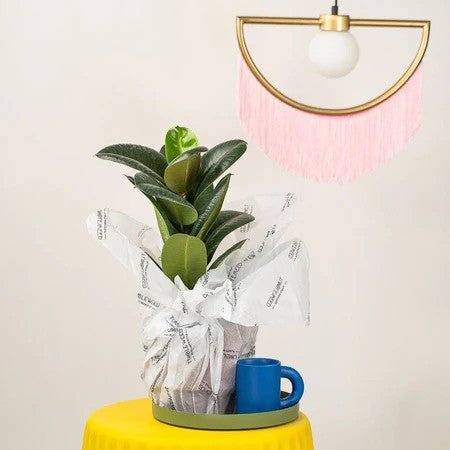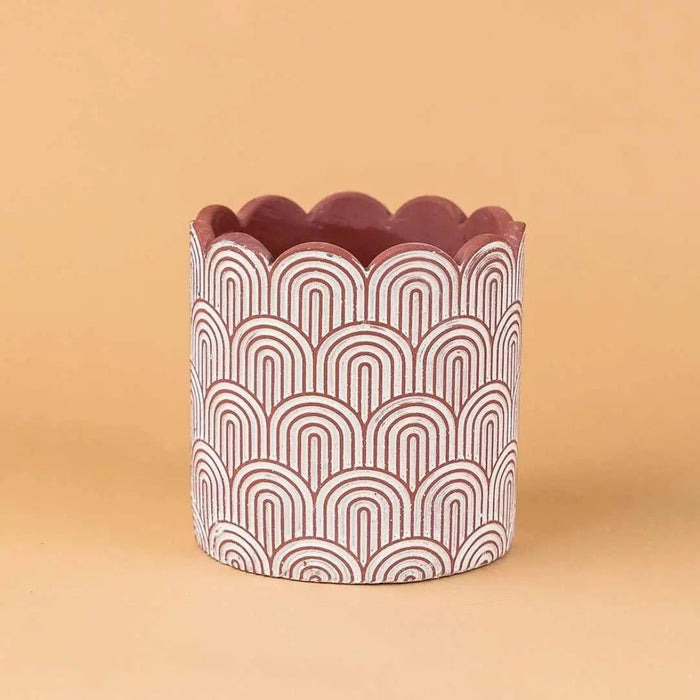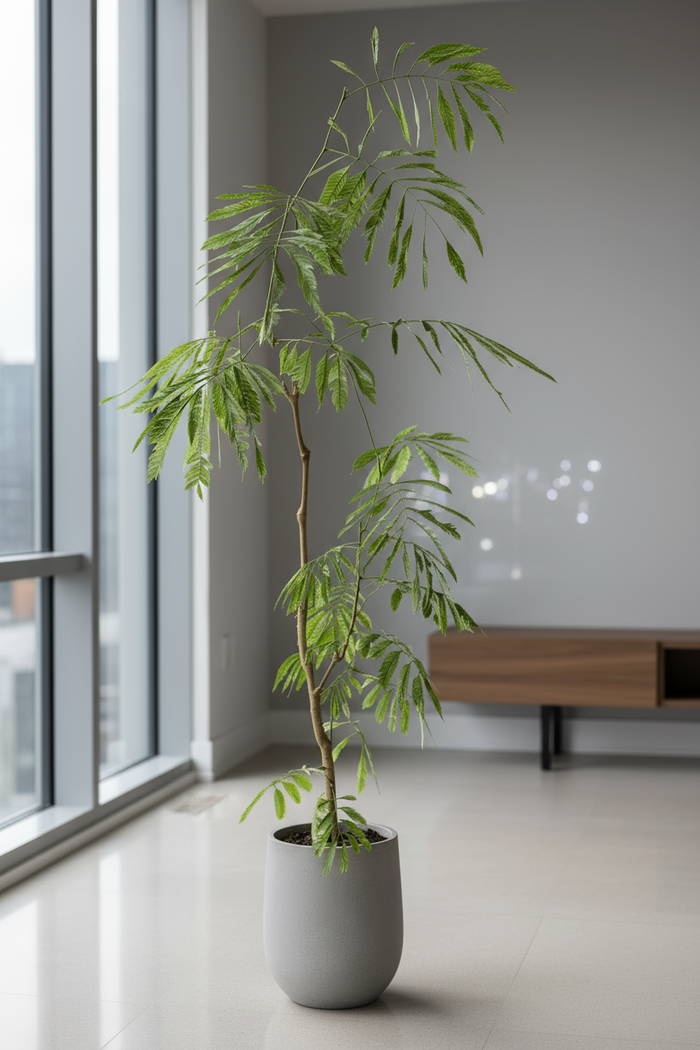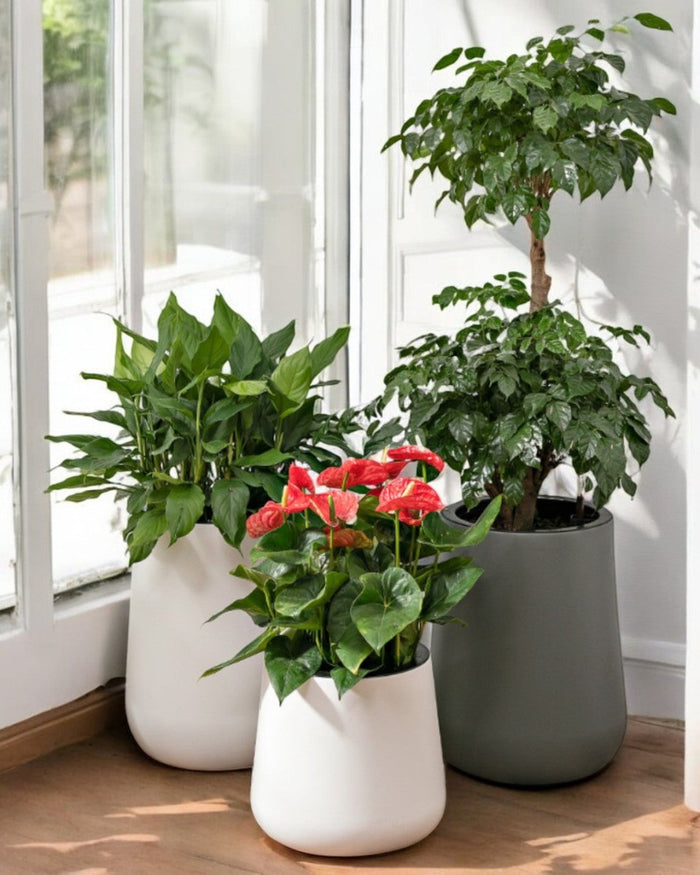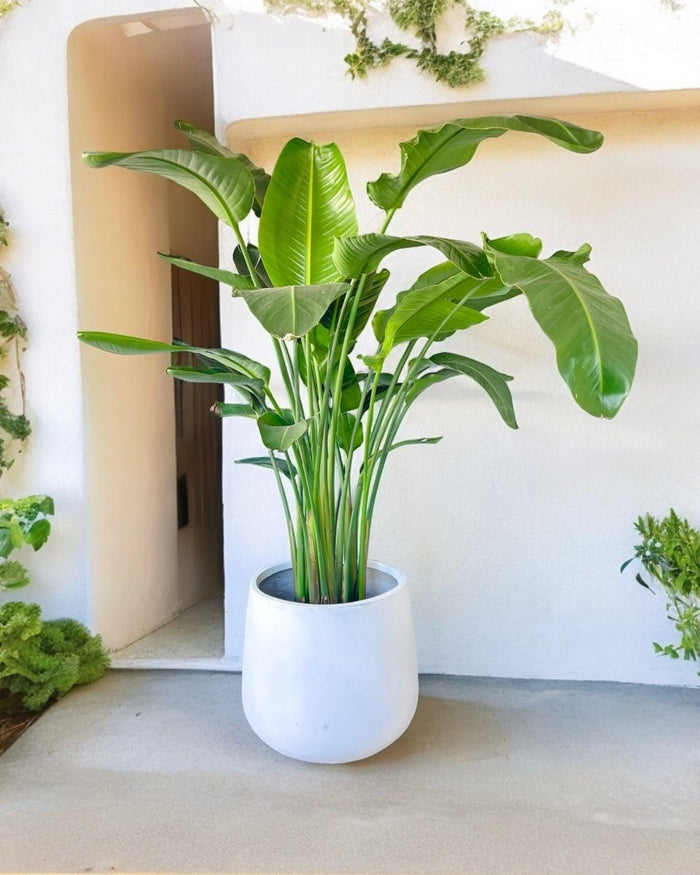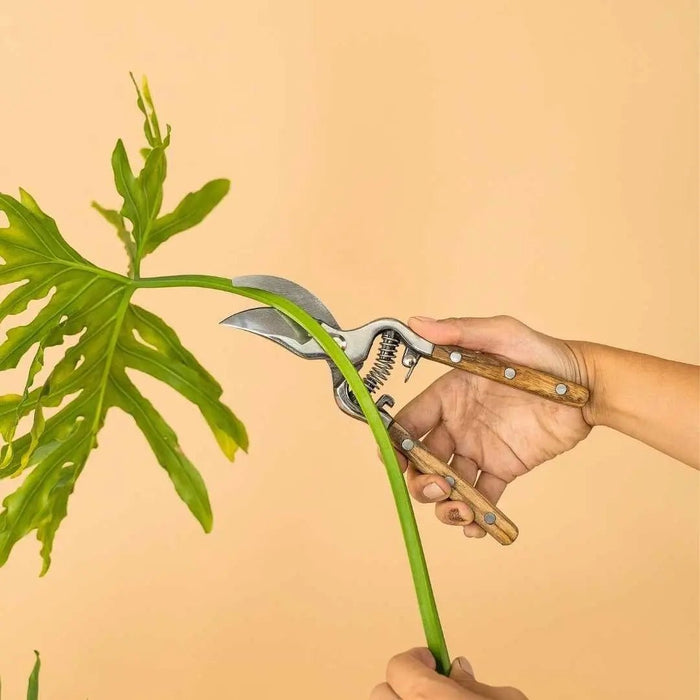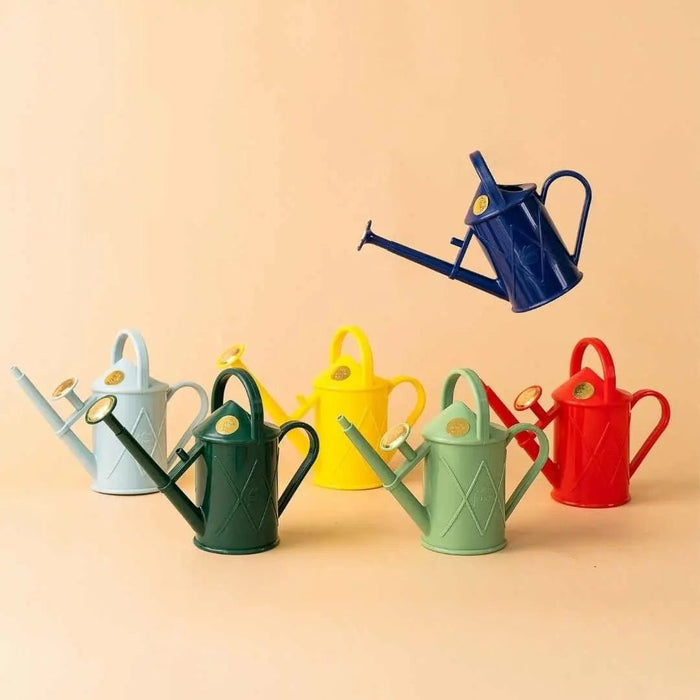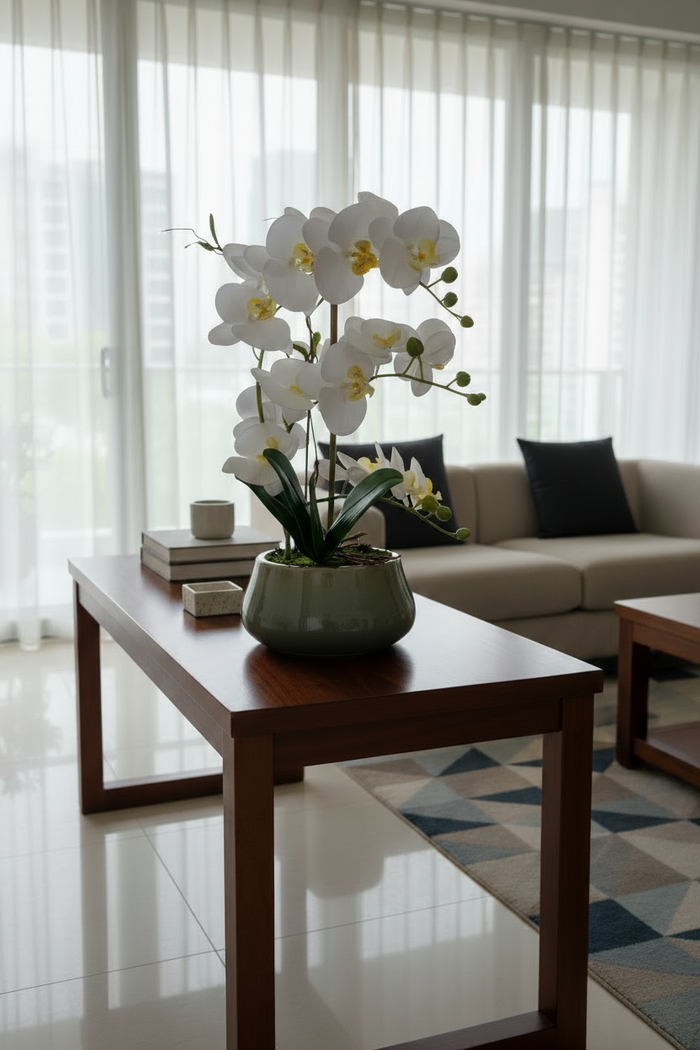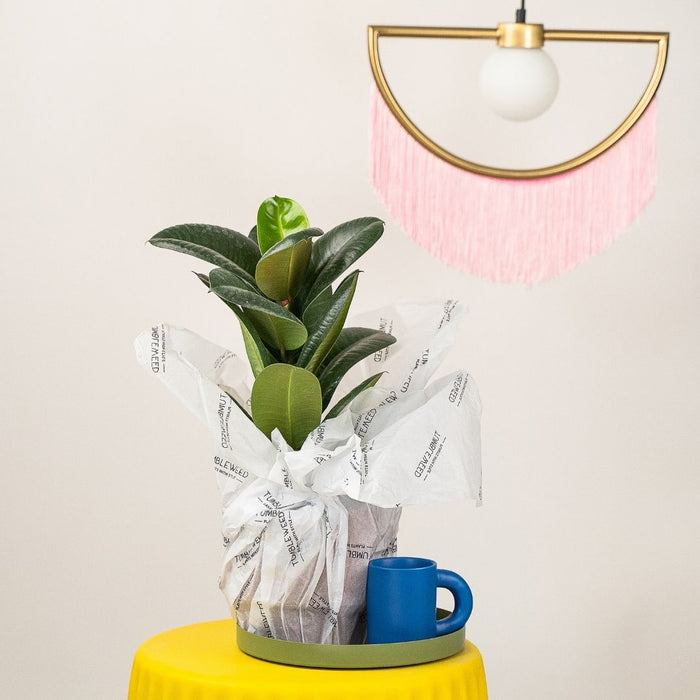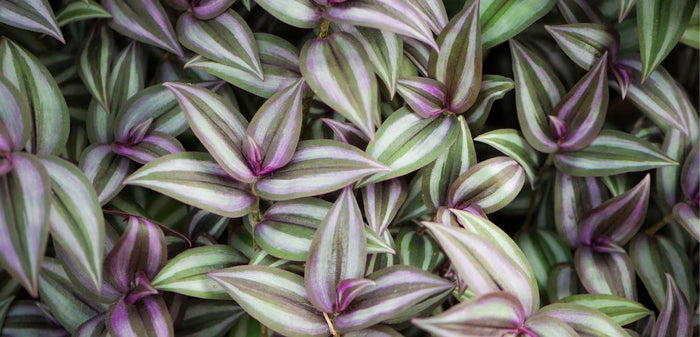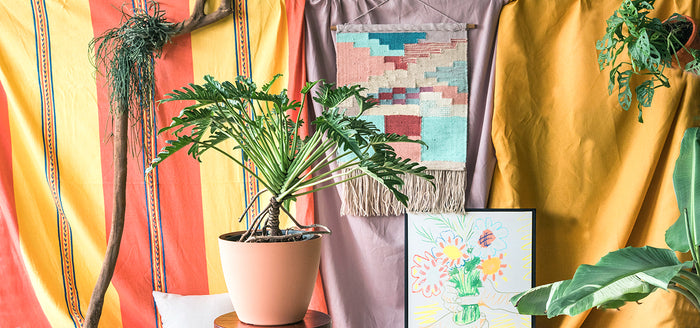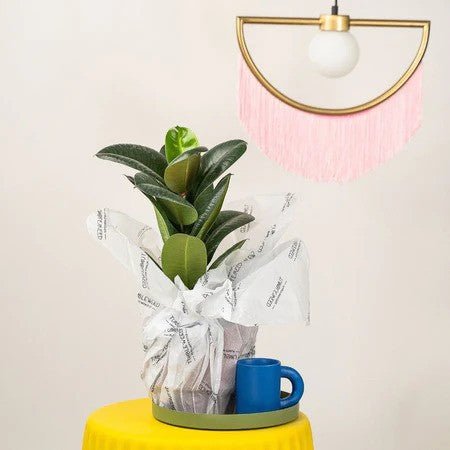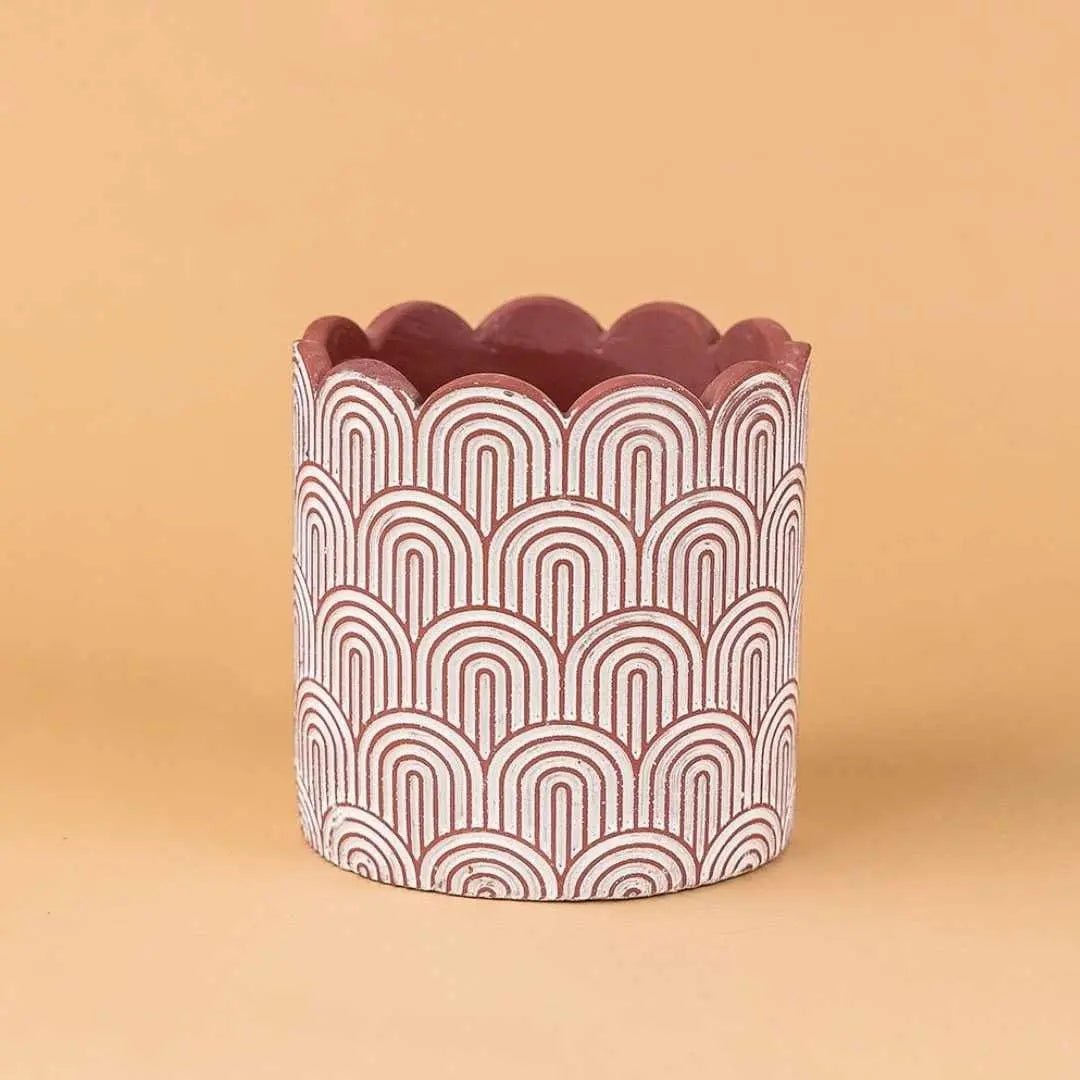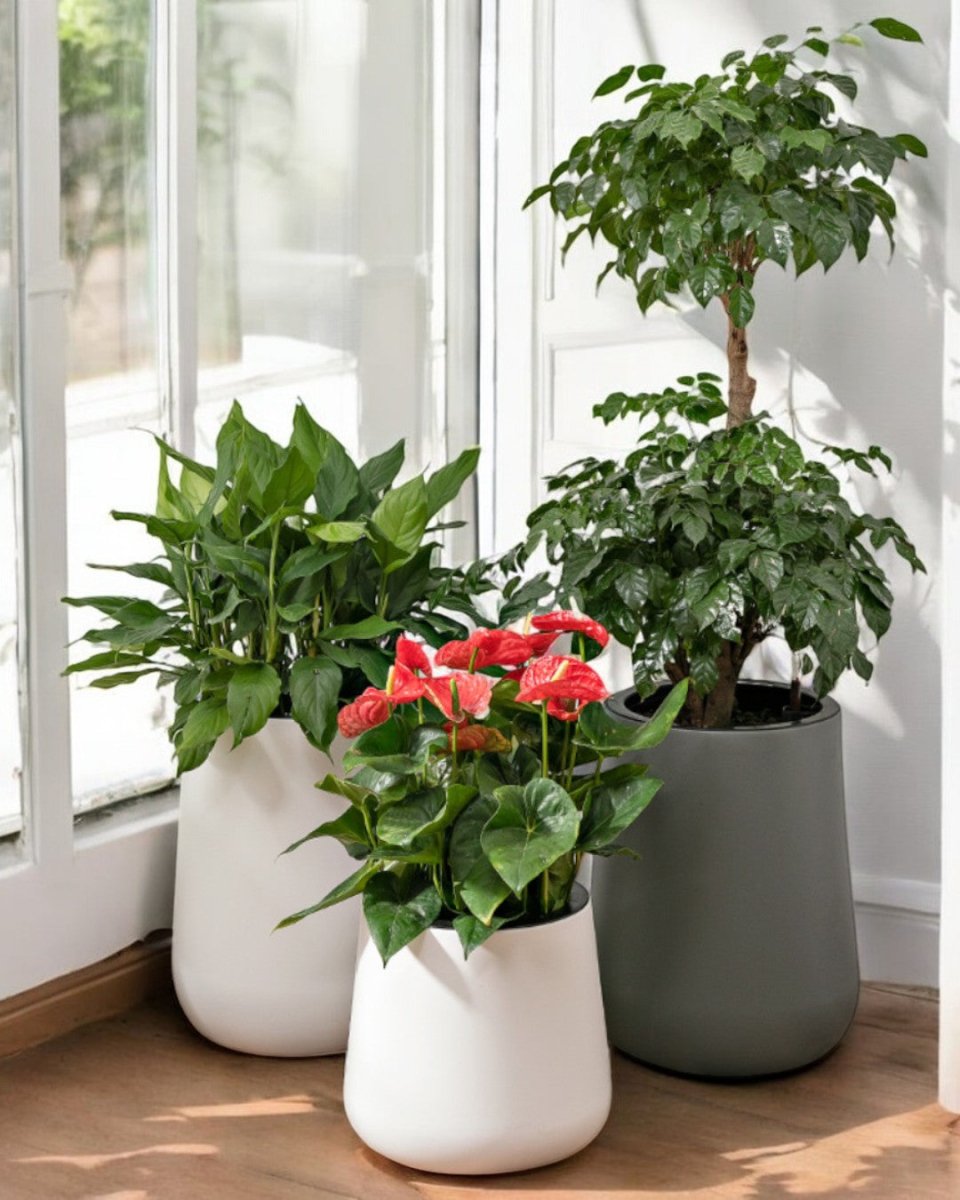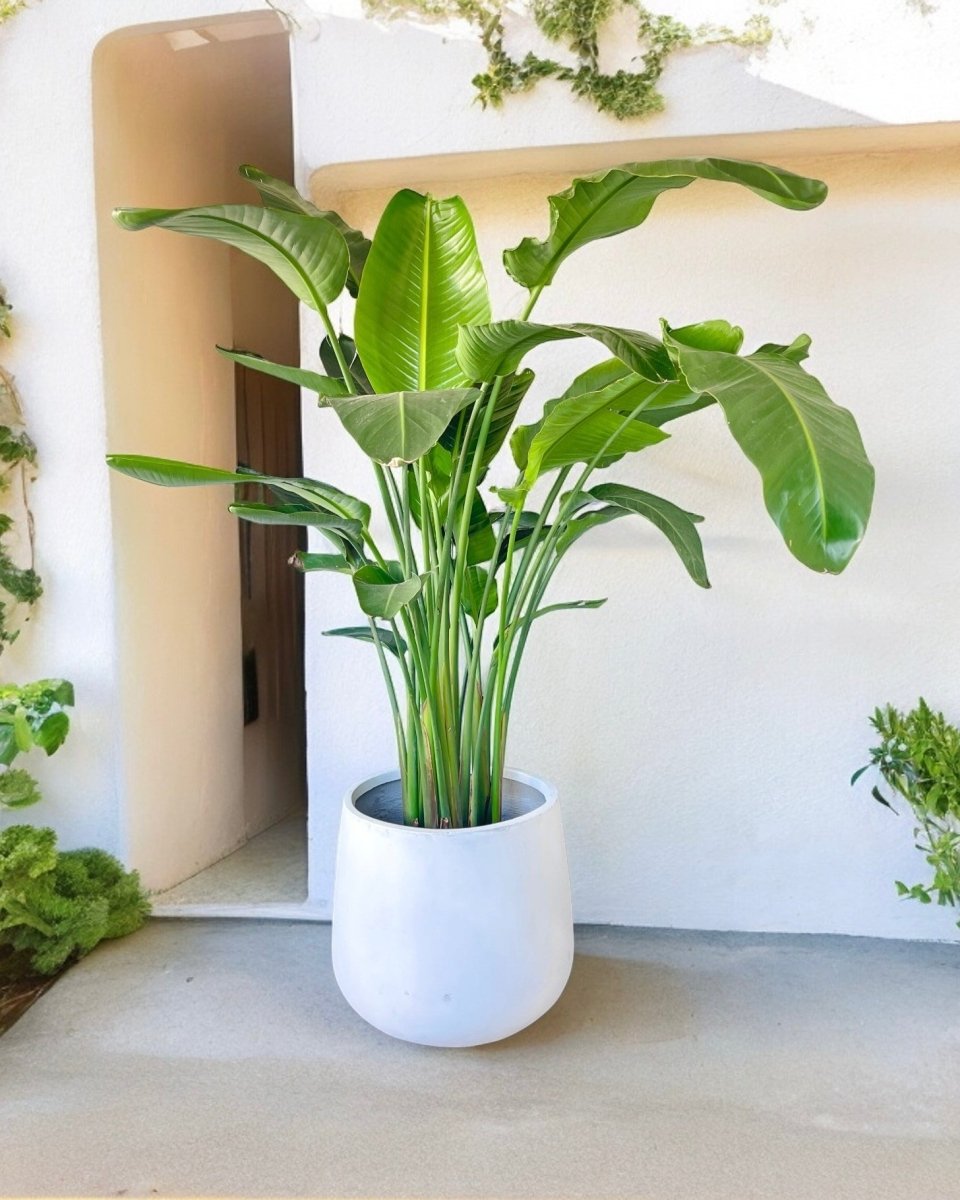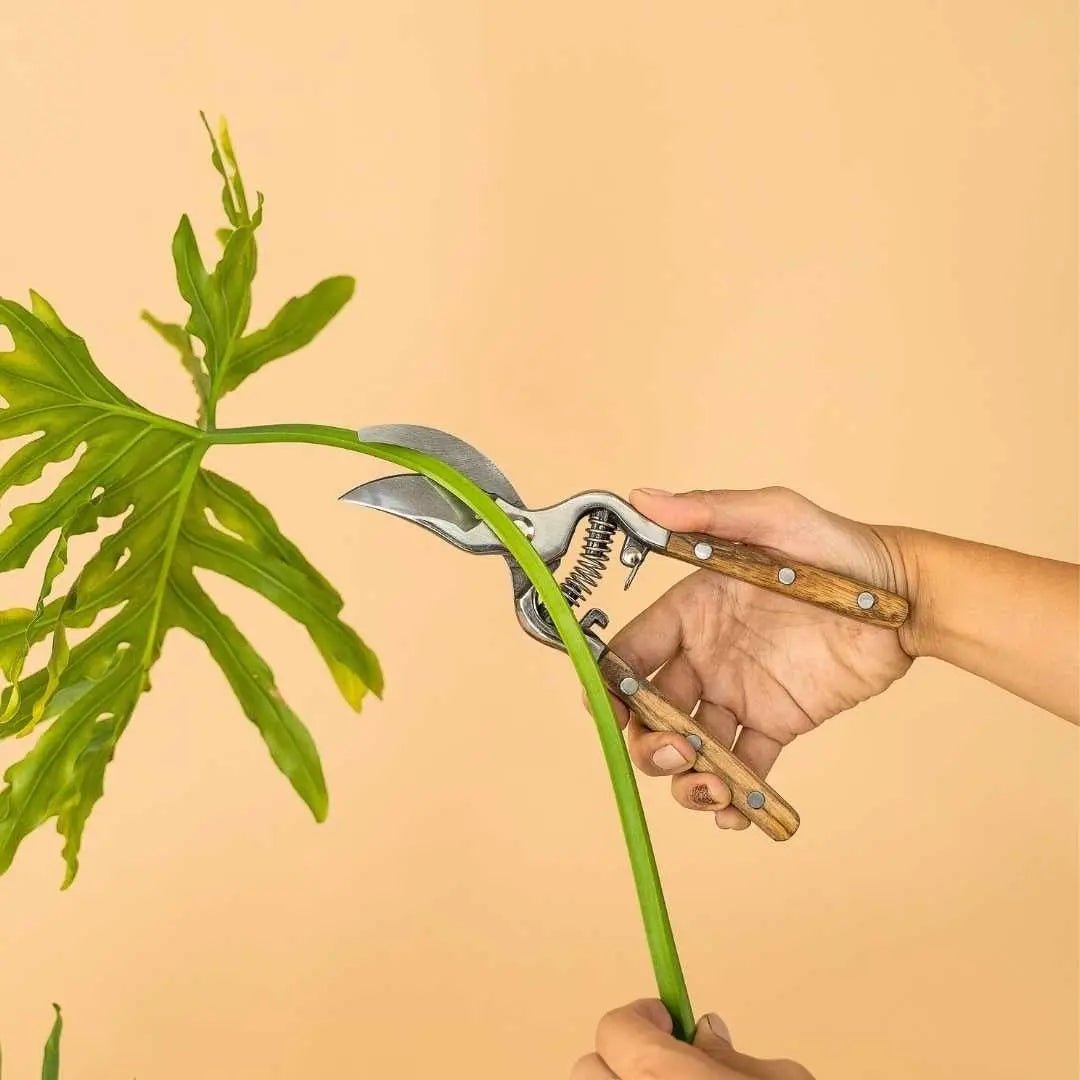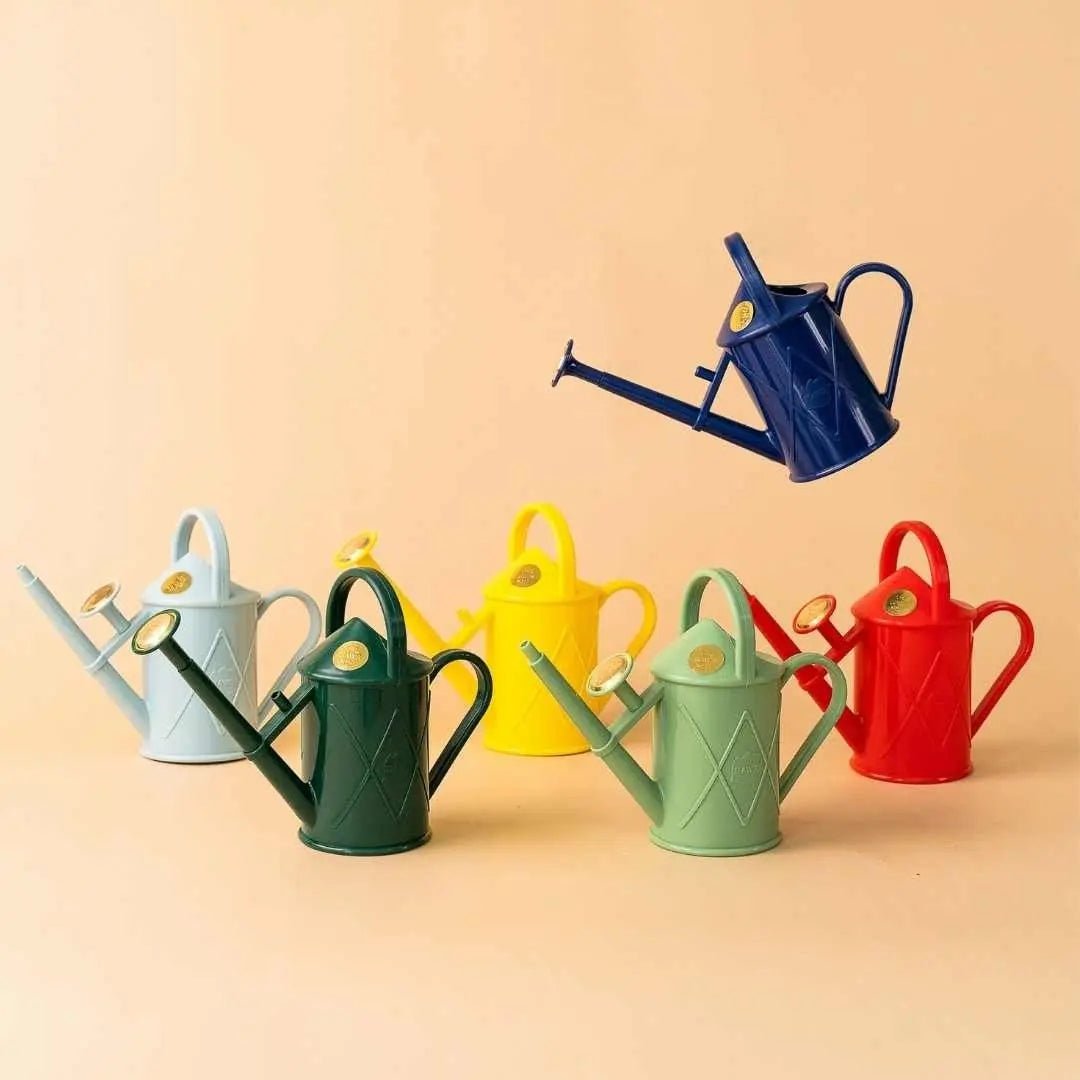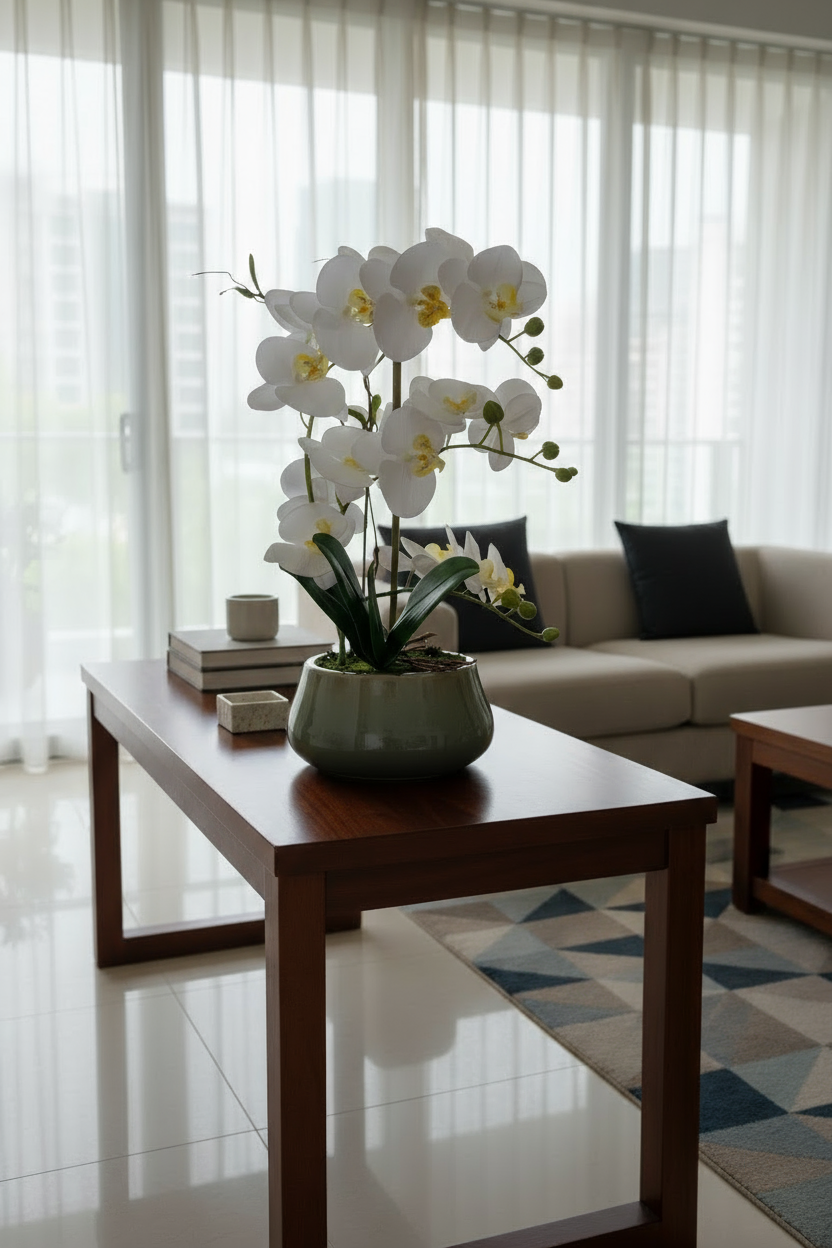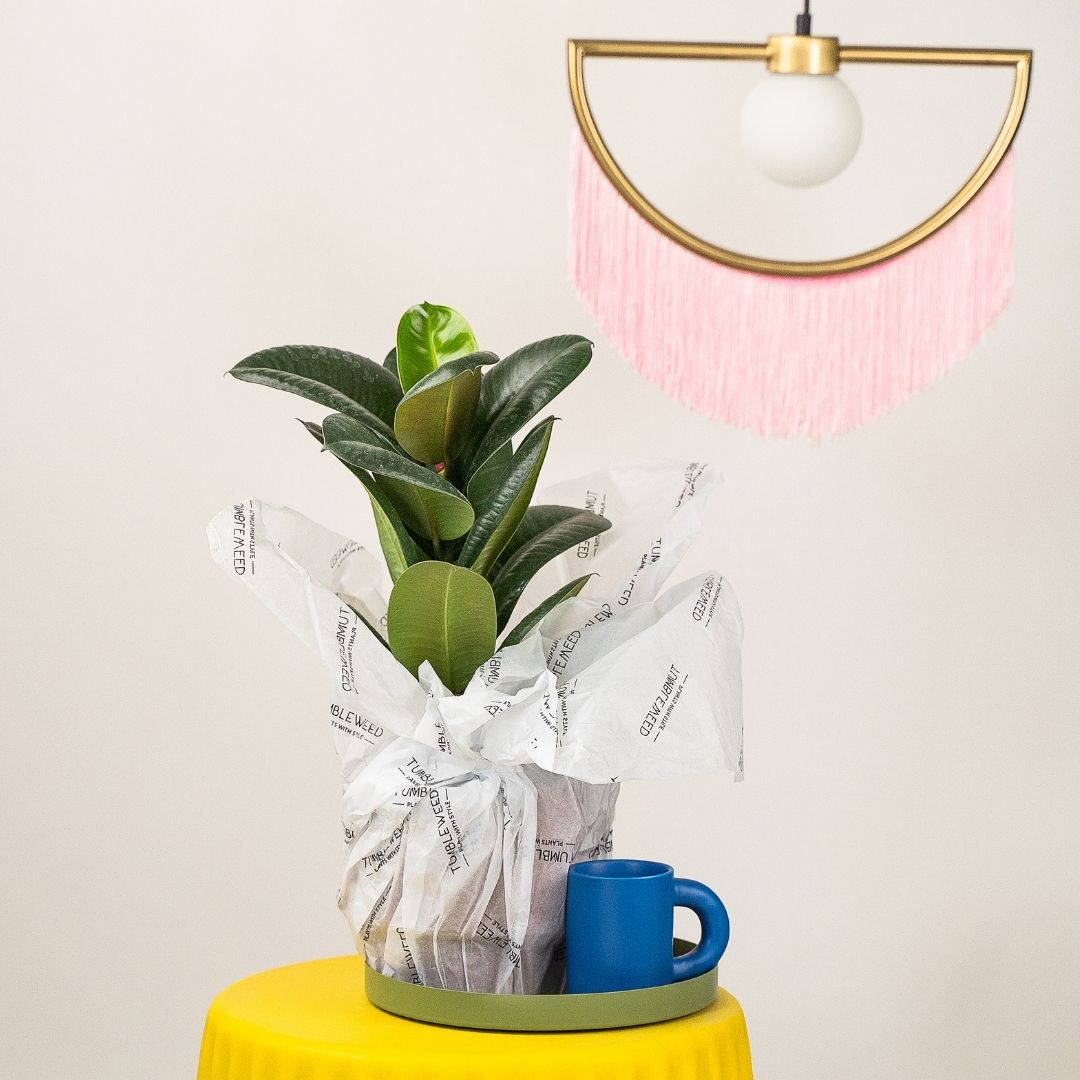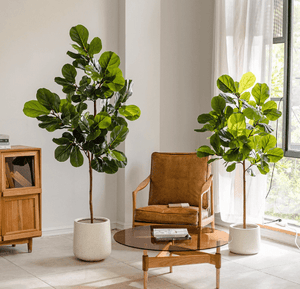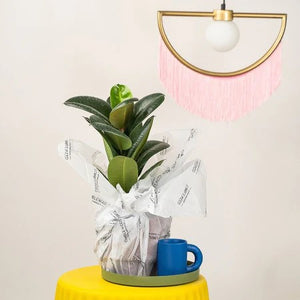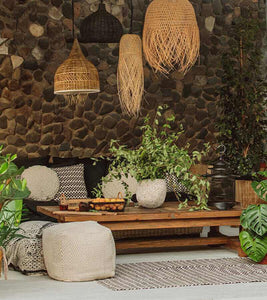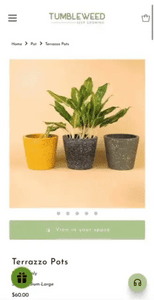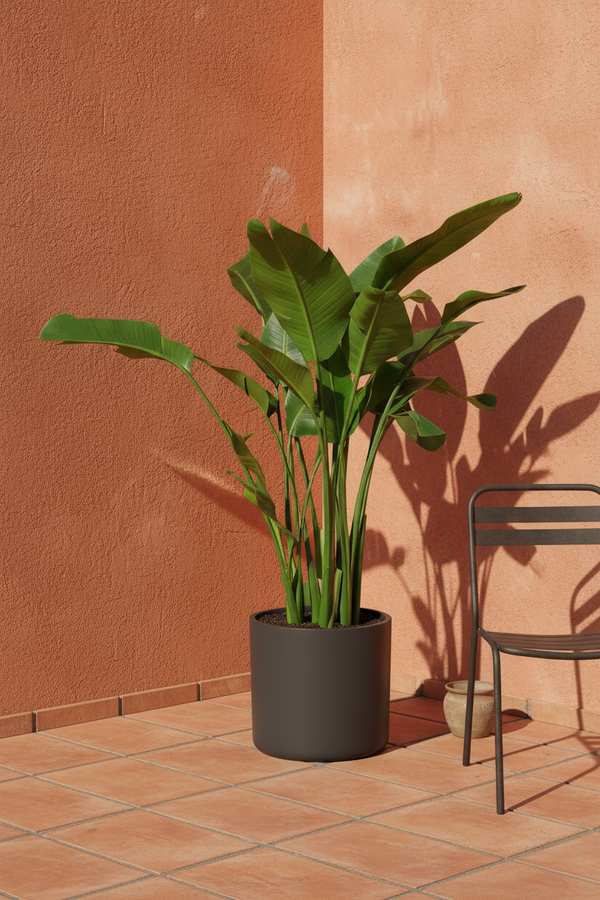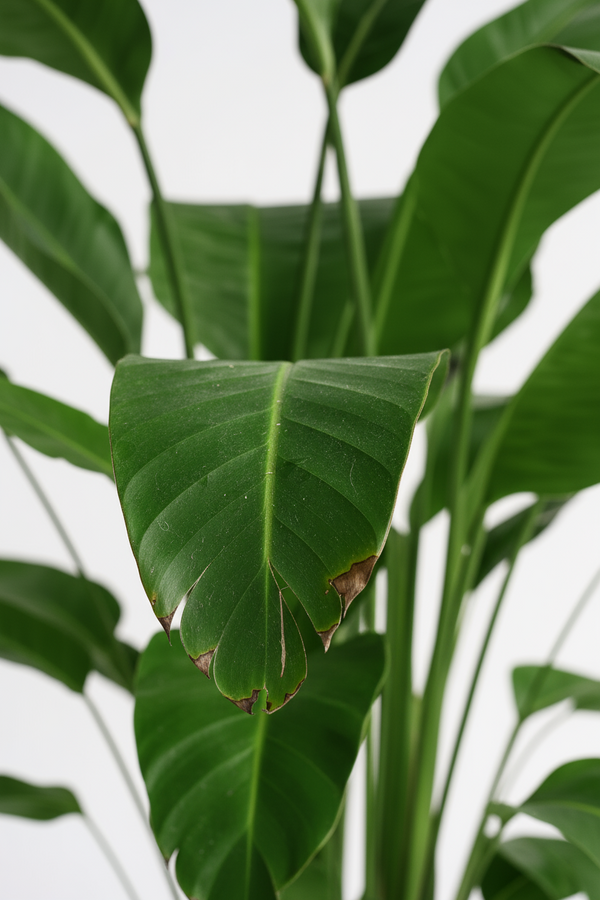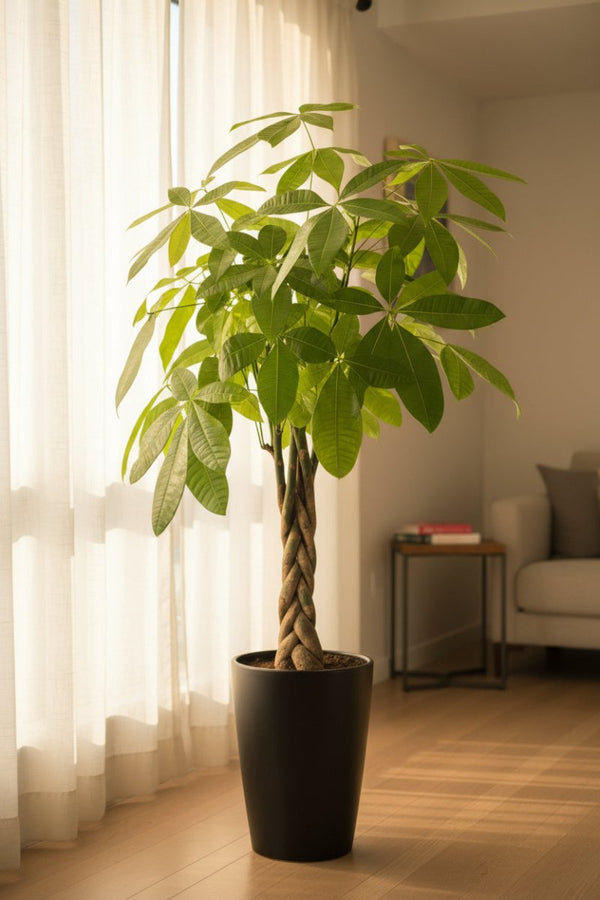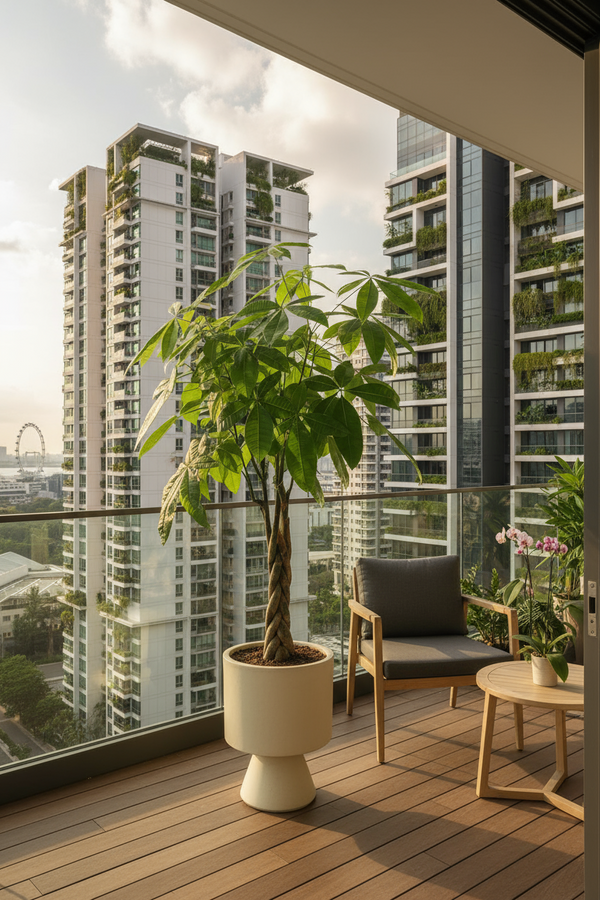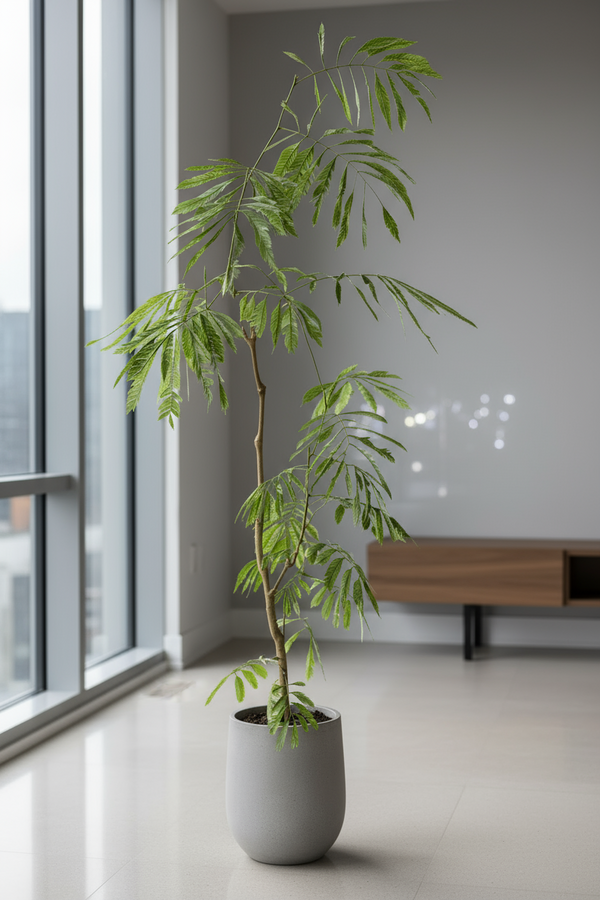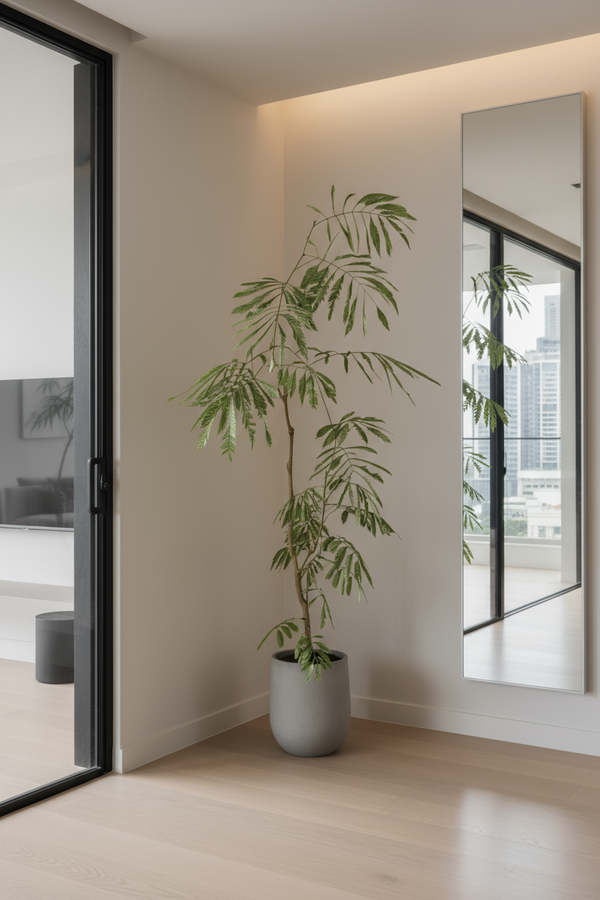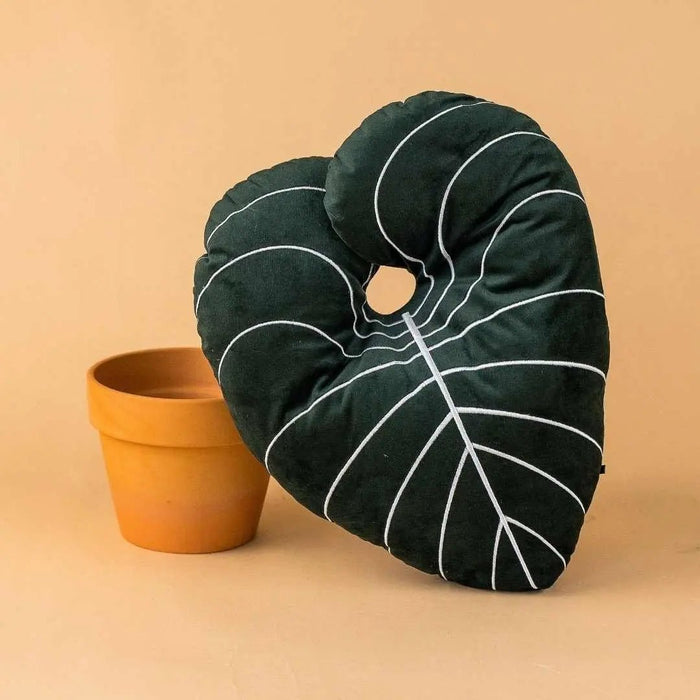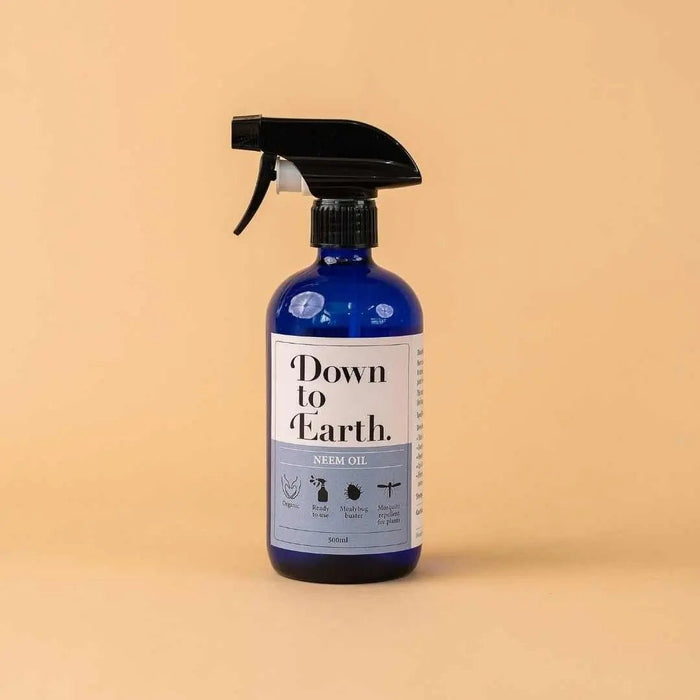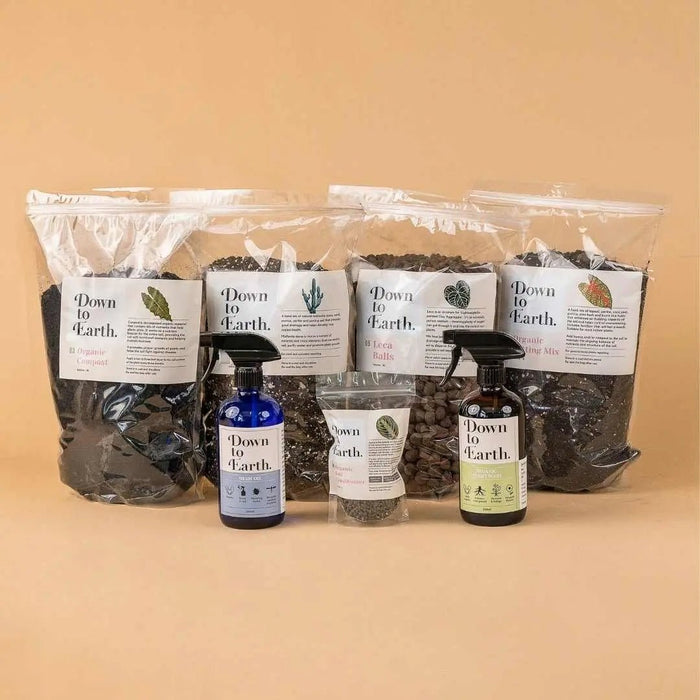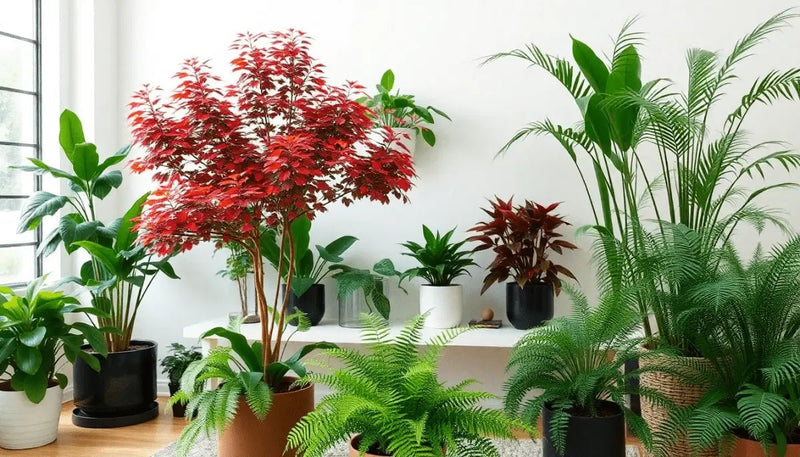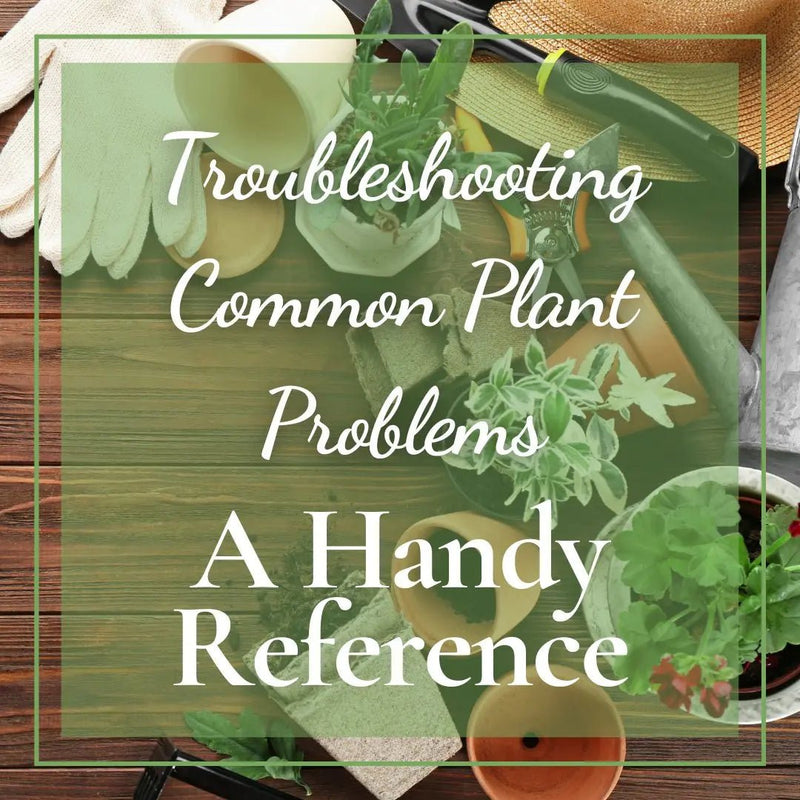Common Mistakes New Plant Parents Make and How to Avoid Them
Posted on July 09 2024

The Journey of Plant Parenthood: Navigating Common Mistakes
Embarking on the journey of plant parenthood can be both exciting and challenging. For new plant parents, the allure of lush greenery often comes with a learning curve that can lead to common mistakes. From overwatering to inadequate light exposure, navigating the world of plant care requires a delicate balance of knowledge and practice. In this guide, we will explore the most prevalent pitfalls that new plant parents encounter and provide practical tips on how to avoid them. By understanding these common mistakes and implementing the right strategies, you can cultivate a thriving indoor jungle that brings joy and tranquillity to your living space. Let's delve into the essential dos and don'ts of plant care to set you on the path to becoming a confident and successful plant parent.
Overwatering and Underwatering
Consequences of Overwatering:
Root Rot and Fungal Diseases
One of the most common issues resulting from overwatering is root rot, a condition where the plant's roots are damaged by excessive moisture, leading to decay. This creates an ideal environment for fungal diseases to thrive, further compromising the plant's health.
Yellowing and Wilting Leaves
Overwatering can cause the plant's leaves to turn yellow and wilt. This is due to the roots being unable to absorb nutrients properly, leading to deficiencies that manifest in the foliage.
Stunted Growth
Excess water in the soil can suffocate the roots, inhibiting their ability to uptake essential nutrients for growth. As a result, the plant's overall development is stunted, and it may fail to reach its full potential.
Pest Infestations
Overwatered plants are more susceptible to pest infestations as the weakened state of the plant makes it an easy target for insects and other pests looking for a hospitable environment to thrive.
Consequences of Underwatering:
Dry and Crispy Leaves
Underwatering can lead to the plant's leaves becoming dry, crispy, and prone to browning. This is a sign of water stress and can eventually lead to irreversible damage if not addressed promptly.
Drooping and Wilting
Plants deprived of an adequate water supply will often exhibit signs of wilting and drooping as a survival mechanism to conserve water. This can impact the plant's overall appearance and health.
Slow Growth
Insufficient water hinders the plant's metabolic processes, slowing down growth and development. This can result in smaller leaves, fewer flowers, and an overall diminished aesthetic.
Increased Risk of Damage from Pests and Diseases
Underwatered plants are weakened and more susceptible to pest infestations and diseases. Without enough water to support their natural defences, plants struggle to fend off external threats.
Tips for Properly Watering Plants:
1. Check Soil Moisture Regularly: Use a moisture meter or simply insert your finger into the soil to assess moisture levels before watering.
Water in the Morning: Watering plants in the morning allows for optimal absorption and reduces the risk of fungal diseases by ensuring foliage dries out during the day.
2. Target the Soil: Direct water at the base of the plant using a watering can with a narrow spout to avoid wastage and ensure water reaches the roots.
3. Adjust Watering Frequency: Consider factors such as plant type, season, and environmental conditions when determining how often to water your plants.
4. Use Self-Watering Systems: Invest in self-watering pots or irrigation systems that can help maintain consistent moisture levels and prevent both overwatering and underwatering.
5. Ensure Proper Drainage: Good drainage is essential to prevent waterlogging, which can be as harmful as underwatering. Choose pots with drainage holes and use well-draining soil.
6. Monitor Plant Health: Regularly inspect your plants for signs of overwatering or underwatering, such as yellowing leaves or wilting, and adjust your watering practices accordingly.
By following these tips and being attentive to your plant's needs, you can establish a healthy watering routine that promotes growth and vitality while avoiding the pitfalls of overwatering and underwatering.
Ignoring Plant Placement Needs
Plants are not just decorative items; they are living organisms that require specific conditions to thrive. Ignoring the placement needs of plants can lead to stunted growth, poor health, and even death. In this blog section, we will explore the significance of placing plants in suitable locations and suggest ways to determine the right placement for different plant species.
Significance of Placing Plants in Suitable Locations
1. Light Requirements: Different plants have varying light requirements. Some thrive in direct sunlight, while others prefer shade. Placing a plant in the wrong light conditions can result in sunburn or lack of photosynthesis.
2. Temperature and Humidity: Plants have specific temperature and humidity needs. Placing a tropical plant in a cold drafty area can cause it to wilt. Similarly, a desert plant in a humid environment may develop fungal issues.
3. Space and Airflow: Overcrowding plants can restrict airflow, leading to diseases. Each plant species has a specific space requirement to allow for proper growth and airflow.
Ways to Determine the Right Placement for Different Plant Species
1. Read Plant Tags: Most plants come with tags that provide information on their light, temperature, and space requirements. Always read these tags before purchasing or placing a plant.
2. Observe Plant Behavior: If a plant is not thriving in a particular location, observe its response. Drooping leaves, discolouration, or stunted growth are signs that the plant needs a different placement.
3. Research Plant Species: Take the time to research the specific needs of each plant species you own. Some plants may have unique requirements that differ from general guidelines.
4. Consider Seasonal Changes: Plants' needs can vary with the seasons. Ensure you adjust the placement of your plants accordingly to accommodate changes in light, temperature, and humidity.
5. Consult with Experts: If you are unsure about the placement needs of a particular plant, seek advice from gardening experts or botanists. They can provide valuable insights based on their knowledge and experience.
By understanding and respecting the placement needs of plants, you can create a healthy and thriving indoor or outdoor garden that flourishes throughout the year.
Using Incorrect Soil
Impact of Using the Wrong Soil on Plant Health
Using an incorrect type of soil can significantly impact the health and development of plants. It can result in poor drainage, leading to waterlogging, nutrient deficiencies, and root rot. These issues can hinder the plant's ability to thrive, causing stunted growth, wilting, and discoloured leaves. In severe cases, the plant may fail to survive due to the unsuitable soil conditions.
Importance of Soil Composition
The composition of soil plays a crucial role in providing plants with essential nutrients, water, and oxygen. Different plant species have varying requirements when it comes to soil texture, pH levels, and drainage capacity. Using the right soil type ensures that plants can access the necessary resources for healthy growth and resilience against diseases and pests.
Recommended Soil Types for Various Plants
Sandy Soil : Ideal for succulents, cacti, and other drought-tolerant plants due to its excellent drainage properties.
Loamy Soil : Suitable for a wide range of plants, including vegetables, flowers, and shrubs, as it offers a balanced mix of sand, silt, and clay with good nutrient retention.
Clay Soil : Best suited for moisture-loving plants like ferns, astilbes, and irises, but may require amendments such as organic matter to improve drainage.
Peat-based Soil : Excellent for acid-loving plants such as rhododendrons, camellias, and heathers, providing the necessary acidity and moisture retention.
Potting Mix : An all-purpose choice for container plants, offering a lightweight blend with added perlite or vermiculite for optimal aeration and drainage.
Additional Considerations
When selecting soil for your plants, consider factors like the plant's native habitat, water requirements, and growth habits. Conduct a soil test to determine its pH level and nutrient content, allowing you to make informed decisions about soil amendments and fertilisers. Regularly monitor your plants for signs of stress or nutrient deficiencies, adjusting your soil management practices accordingly.
Importance of Soil pH
Soil pH is a critical factor that influences nutrient availability to plants. Most plants prefer a slightly acidic to neutral pH range for optimal growth. Testing your soil's pH level and amending it accordingly can enhance nutrient uptake and overall plant health.
Soil Amendments
In some cases, soil amendments may be necessary to improve soil structure and fertility. Organic matter such as compost, well-rotted manure, or leaf mould can enhance soil texture, water retention, and nutrient levels. Additionally, adding perlite or vermiculite to heavy soils can improve drainage, preventing waterlogging and root suffocation.
Sustainable Soil Practices
To maintain soil health and fertility in the long term, adopt sustainable gardening practices. Rotate crops to prevent nutrient depletion, use cover crops to protect soil structure, and minimise tillage to preserve beneficial soil organisms. Avoid over-reliance on chemical fertilisers, which can disrupt the soil ecosystem and harm beneficial microbes.
By choosing the correct soil type tailored to your plants' needs, amending soil as necessary, and implementing sustainable soil management practices, you can create a conducive environment for healthy growth and vibrant blooms, ensuring your garden thrives throughout the seasons.
Neglecting Regular Maintenance
Neglecting regular maintenance of your indoor plants can have detrimental effects on their health and overall appearance. In this blog section, we will discuss the importance of consistent plant care routines and provide a simple maintenance schedule for new plant parents to follow.
Importance of Consistent Plant Care Routines
Impact on Plant Health: Regular maintenance, including watering, pruning, and cleaning, is essential for the overall health and well-being of your plants. Neglecting these tasks can lead to issues such as overwatering, under-watering, pest infestations, and diseases.
Aesthetics: Consistent care not only keeps your plants healthy but also enhances their appearance. Regularly dusting leaves, removing dead foliage, and providing adequate light can help your plants look vibrant and attractive.
Stress Reduction: Engaging in plant care routines can be therapeutic and reduce stress levels. It allows you to connect with nature, practice mindfulness, and create a calming environment in your home.
Additional Benefits of Regular Maintenance
Air Quality Improvement: Indoor plants play a crucial role in purifying the air by absorbing toxins and releasing oxygen. Regular care ensures that your plants continue to contribute to a healthier indoor environment.
Growth Promotion: By maintaining a consistent care routine, you provide your plants with the ideal conditions for growth. This includes proper nutrition, hydration, and space for development.
Simple Maintenance Schedule for New Plant Parents
To help new plant parents establish a routine, here is a simple maintenance schedule to follow:.
Watering: Check the moisture levels of your plants' soil regularly and water accordingly. Different plants have varying water requirements, so it's essential to understand the needs of each species.
Pruning: Trim dead or yellowing leaves to promote new growth and maintain the plant's shape. Pruning also helps improve air circulation and prevent disease spread.
Cleaning: Wipe the leaves of your plants with a damp cloth to remove dust and allow them to photosynthesis efficiently. This simple step can enhance the plant's ability to absorb light.
Monitoring: Keep an eye on your plants for any signs of pests, diseases, or nutrient deficiencies. Early detection can prevent problems from escalating and help you take timely action.
By following this maintenance schedule and dedicating time to care for your indoor plants regularly, you can ensure their longevity and enjoy a thriving green oasis in your home.
Conclusion
By being aware of the common mistakes new plant parents make and implementing the suggested tips to avoid them, one can set themselves up for success in their plant parenting journey. Remember, with a little bit of knowledge, patience, and care, anyone can develop a green thumb and enjoy the benefits of a thriving indoor garden. Happy planting!.

